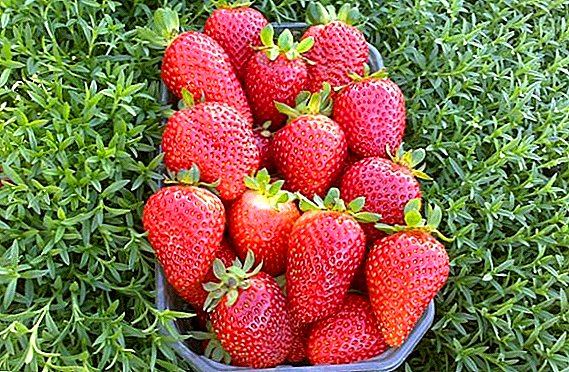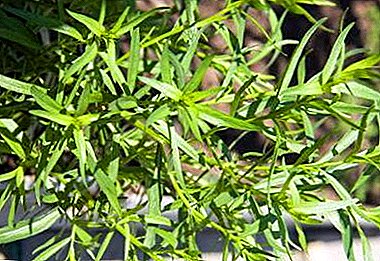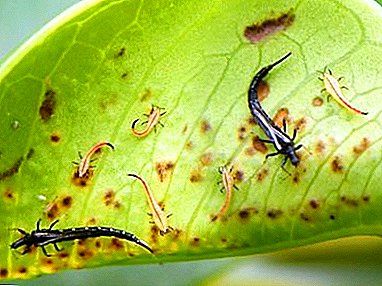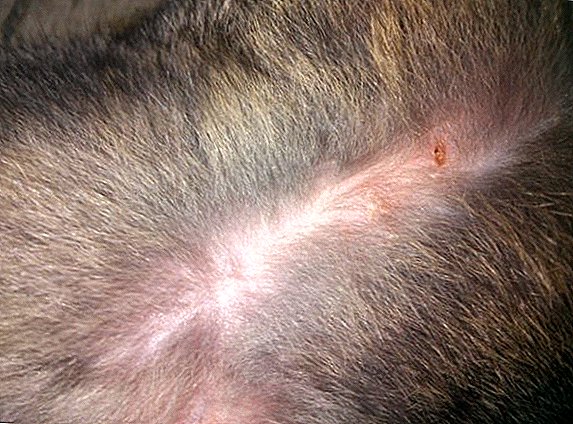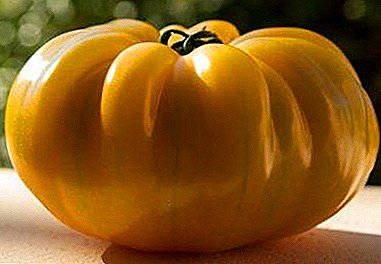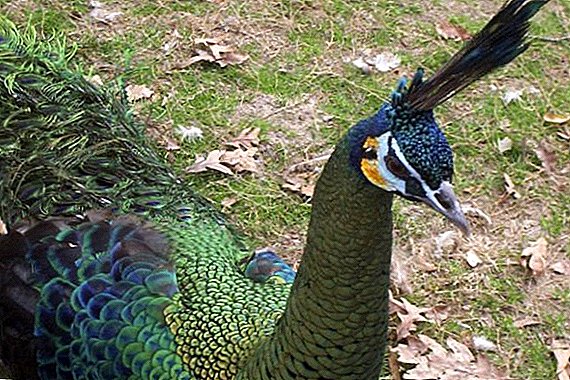 Against the background of various species of peacocks, the green peacock stands out favorably. This rare bird surprises with its unearthly beauty and beautiful voice.
Against the background of various species of peacocks, the green peacock stands out favorably. This rare bird surprises with its unearthly beauty and beautiful voice.
Let's take a closer look at the description and features of this bird, what it looks like, where it lives and which one leads a way of life.
Description and features
Now these beautiful birds are protected as an endangered species. They disappear not only from the hand of man, but also from the attacks of wild animals.
Classification
There are several types of these birds:
- Indo-Chinese;
- Javanese;
- Burmese or imperial.
 They differ in geographical distribution and color.
They differ in geographical distribution and color.
Did you know? The average life expectancy of a green peacock is 20 years.
Appearance
The plumage of the feathery is bright, has a metallic sheen. The upper part of the neck and head are painted brownish-green. On the crest feathers with broad flyers. The area around the eyes is highlighted in bluish-gray. The lower part of the neck is colored green, the feathers have a golden-green border and a scaly pattern.
Blue-green feathers with yellow or red spots sparkle on the chest and upper back. The lower part of the back is decorated with copper-bronze plumage with brown spots. Wings and shoulders have a dark green color. The outer side of the vane is decorated with terry feathers of brown color with dark spots.  The beak of the peacocks is black and the legs are gray.
The beak of the peacocks is black and the legs are gray.
Important! Females differ from males only in weight, the color of their plumage is the same.
Weight and dimensions
The main characteristics of green peacocks are as follows:
- male weight - up to 5 kg, and females - up to 4 kg;
- male body length - from 180 to 300 cm;
- wing length - from 46 to 54 cm;
- tail length - from 40 to 47 cm;
- the length of the loop is from 140-160 cm.
Where dwells
The habitat of green peacocks is Indochina, Bangladesh, Malaysia, southern China, Thailand, Myanmar, Java Island, northeast India. They live at an altitude of 900 meters above sea level. In Europe and America, the breeding of this bird in captivity began only in the twentieth century.
In Europe and America, the breeding of this bird in captivity began only in the twentieth century.
Lifestyle and behavior
The life of the green peacock, like many other animals, consists of finding food, breeding and protecting oneself from predators. In ordinary life, they do not scream, but before the rain they make heart-rending screams, notifying the whole district about future precipitations. Their voice is sharp and non-melodious, it sounds like a scream of a cat that has accidentally stepped on a tail. Males are aggressive to other members of the flock of their gender.
There are also peacocks doves. They get their name because of the unusual tail, which is very similar to the peacock's tail.
What feeds the green peacock
For food peacocks choose grains of cultivated and wild plants, often run over to cereal fields. Move well in the thickets, despite the long tails of the males. Food is often sought on the ground, near tall grass or in shallow water. In addition to plant foods, they also eat small reptiles, prey on poisonous snakes. Termites serve as an excellent protein supplement to the diet of green peacocks.  In captivity, they are fed grain mash, potatoes, fresh greens, and other vegetables. To enhance the brightness of the plumage, crustaceans and squid are introduced into the feed.
In captivity, they are fed grain mash, potatoes, fresh greens, and other vegetables. To enhance the brightness of the plumage, crustaceans and squid are introduced into the feed.
Read about the types of peacocks, their breeding and feeding at home.
Breeding
These birds reach sexual maturity by 2-3 years. It is by this time that the males will have a gorgeous tail to attract the opposite sex.
Breeding is preferred from April to September. To attract a female to a pair, the male spreads his gorgeous tail, slightly shakes them, demonstrating the brightness of the plumage. As soon as the interest of the female is reached, the male turns away immediately, hiding the beauty of his feathers. In this position, he waits for a positive response from the female, and after it, the couple moves on to mate. Peacocks are most often polygamous - they live with 3-5 females.
In this position, he waits for a positive response from the female, and after it, the couple moves on to mate. Peacocks are most often polygamous - they live with 3-5 females.
Important! In captivity, a peacock can become monogamous and fertilize only one female.Nests settle on trees with a height of 10 to 15 meters, so that the chicks are inaccessible to predators. Females lay in nests from 4 to 10 eggs and incubate them for 28 days. After the appearance of chicks, they are in the nest for up to 2 months and care for them lies entirely on the shoulders of the female and male. Upon reaching the chick of 8 weeks of age, he descends from the nest and begins an independent life.
 Green peacocks are amazing birds originally from sunny Asia. Their incredible beauty fascinates and amazes. Such birds are unpretentious in care and do not need special conditions for keeping in captivity.
Green peacocks are amazing birds originally from sunny Asia. Their incredible beauty fascinates and amazes. Such birds are unpretentious in care and do not need special conditions for keeping in captivity.

